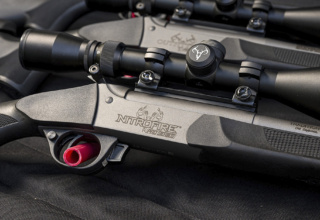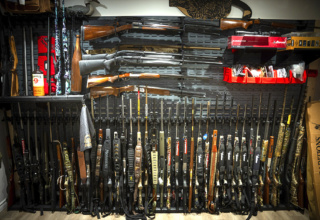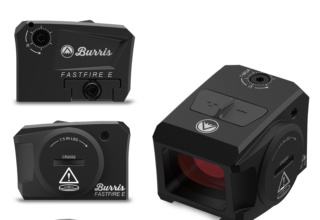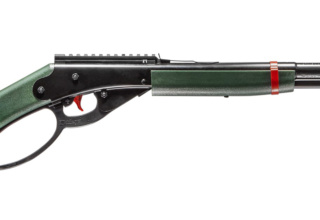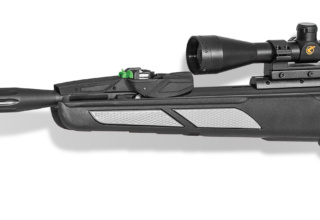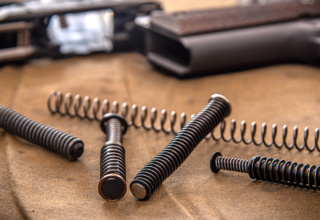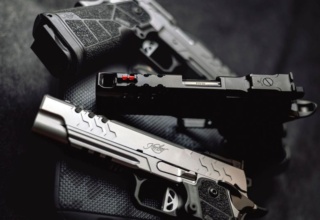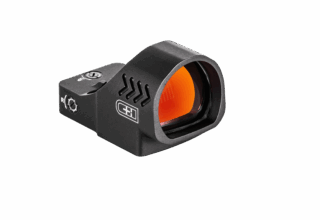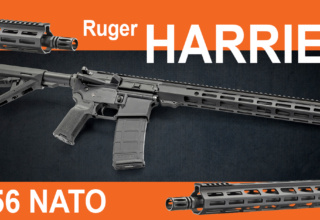Still hunting through the bluffs of trees, and around grassy slough bottoms, I finally came face-to-face with the mule deer I had been hunting. I raised my muzzleloader to my shoulder, carefully leveled my crosshair on its vitals and squeezed the trigger. A metallic ‘whack” sent a shiver down my spine, as I knew I had a misfire. I carefully opened the breech, inserted a new primer and went through the motions again. Click. This time the deer wasn’t sticking around to see if I could get it right.

Life lessons in the field are the best ones to teach you what you must do to be successful. I ended up back at my truck, and the only way I could get the charge out of my gun was to remove the breech plug and push it out with a cleaning rod and jag. My powder was a gray paste, and simple proof the muzzleloader propellants will find moisture if it’s available. It was early in my muzzle loading days, and a major rain and snow event was likely my demise.
From that day forward, I have stuck to a routine to ensure my powder stays dry, and always fires when I pull the trigger. My obsession to smell smoke saturated with sulphur begins at the store. I always check the containers to ensure they’ve never been opened and have a full shrink wrap. When I do get them home, I store all my powder in an MTM Muzzleloader Dry Box or the larger Sportsmen’s Plus Dry Box. Depending on where you live, humidity can find its way into your powder, so lock it up tight with a box that seals properly.

When I prepare for a hunt, I use speed loaders. I never touch powder or pellets with my bare fingers, as it will immediately absorb moisture or oils from your skin. The pipe cleaner that comes in the pellet boxes is there for a reason, so use it. When my speed loaders are prepared, with powder and bullets, I place them in a sealable bag to store in my fanny pack. The bag protects the speed loaders from the environment and any chance of finding moisture.
When loading my Traditions rifle, I always snap two or three primers or caps. On the last one, I place a cleaning patch on the end of a cleaning jag and insert it into the barrel until it meets the breech plug. When I snap my last cap, it should burn a hole in the center of the patch. I’ve enjoyed using many Traditions rifles over the years, and this technique ensures there is no blockage in the breech and the spark is getting to the powder hot and uninstructed.
 Of course, with modern muzzleloaders, like Traditions StrikerFire Nitride, you can get away with a lot more than in the old days. I doubt moisture could even get to powder in a modern Nitride rifle. I’ve tested it many times, freezing and thawing the charged rifle. I’ve even set it under a sprinkler and always had the rifle fire.
Of course, with modern muzzleloaders, like Traditions StrikerFire Nitride, you can get away with a lot more than in the old days. I doubt moisture could even get to powder in a modern Nitride rifle. I’ve tested it many times, freezing and thawing the charged rifle. I’ve even set it under a sprinkler and always had the rifle fire.
When hunting, I always discharge my rifle every night. Cleaning your firearm an ensuring a fresh load of powder goes in for the next day’s hunt is the best way to ensure it goes bang. Powder left in a gun will find moisture anyway it can, so don’t take a chance.
I was experimenting with a few rifles and tried different loads in my Vortek StrikerFire Nitride, Vortek LDR, and a Buckstalker. They all shot incredible groups with loose and pellet powder. I knew my powder was dry when loading the loose powder out of pre-measured Traditions speed loaders, as it had static making it cling to the vessels. It was just another moisture check to ensure I was doing things right. I love the Nitride rifle, as it is extremely easy to use and maintain. The special coatings are corrosion resistant, and improve performance of the firearm.

At the end of a hunt, always put your speed loaders back into your MTM dry box for storage. If you stick to a routine, your muzzleloader will never let you down when you pull the trigger



